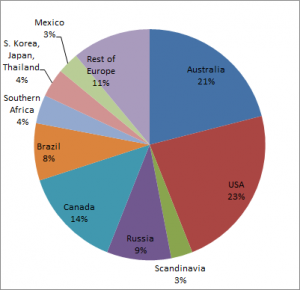- Facebook400
- Total 400
(On the DC-Boston Shuttle) One day in DC, three meetings, three views of “service.”
First, I enjoyed a gathering of leaders who engage at-risk teenagers and young adults in community service as a way to improve their academic success, job skills, and psychological wellbeing. The best of these programs, such as YouthBuild USA, transform lives for the better.
I think that the service component of this kind of program is necessary but not sufficient. It is necessary because the whole rationale and spirit of the organization is colored by the ideal of serving communities (in YouthBuild’s case, by building low-income housing). That gives a moral purpose to the work.
But service is certainly not a sufficient condition of success. These programs also provide caring adults, positive interactions among peers, experience in collaborative decision-making, academic skills, career counseling, personal counseling, and many other benefits. It is possible that a different demanding rationale–not service but rather science, art, or God–might also work. That is no criticism of these service-oriented programs, which create pathways to success. But we should not conclude that by offering service opportunities (alone), we can help at-risk kids succeed. This is my own view, but I sense it’s consistent with the main stream of opinion in the service world today.
Second, I was in the Pentagon–indeed, in the executive suite of the Secretary of the Navy–to witness my dean, Alan Solomont, receive the Navy Award. He got it for his work as US Ambassador to Spain, when he achieved an agreement that allows us to base certain military forces on Spanish soil, dramatically increasingly their value for operations in Europe and Africa. An ambassador negotiating an international agreement serves his country in a very different way from a YouthBuild student constructing a house. Different still are the uniformed officers and NCOs who stood near me in the Pentagon, witnessing the ceremony. But it is all service.
Third, I was with my colleagues at the National Conference on Citizenship, discussing how to use data to assess the “civic health” of American communities. Now the focus broadens to behaviors beyond volunteer service–activities like belonging to associations and attending meetings. And the scale expands from the individual to cities, states, and the nation. But again, it is all part of the same story. At the risk of repeating my formula one time too often, I think the core ideals are deliberation (deciding together what we should do), collaboration (actually doing it, whether for pay or not), and the civic relationships that result. These three components are present in a YouthBuild construction site, a US Navy ship, or pervasively in a community like Minneapolis/St Paul that scores high on measures of “civic health.” They benefit the individuals and the common good.


